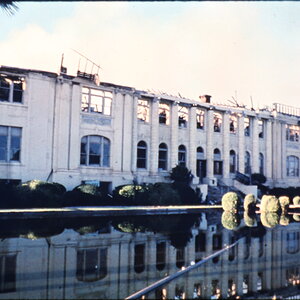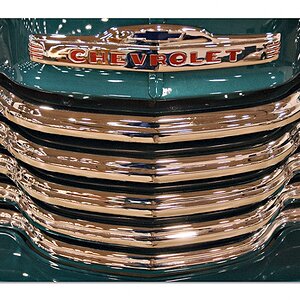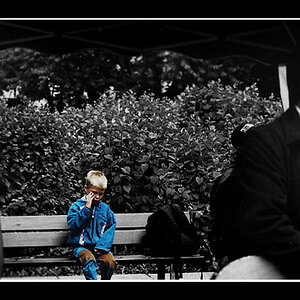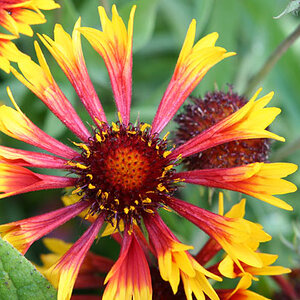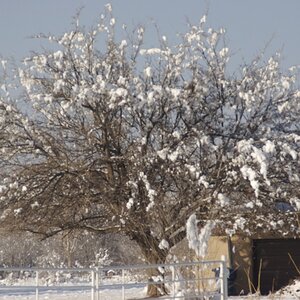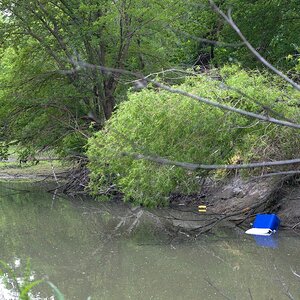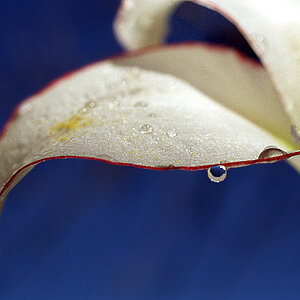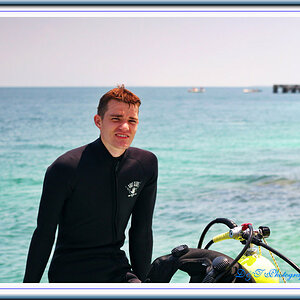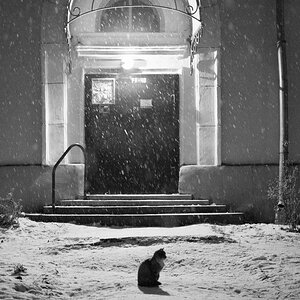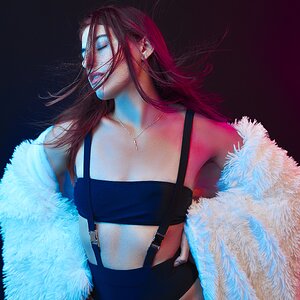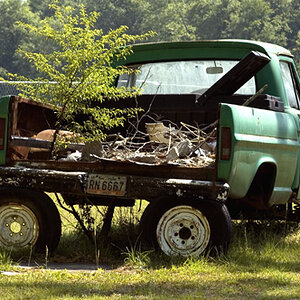Novelectro
TPF Noob!
- Joined
- May 18, 2016
- Messages
- 20
- Reaction score
- 0
- Can others edit my Photos
- Photos OK to edit
So it seems that most people recommend settings of around 15-30 second shutter speeds (depending on your focal length) with a wide open or nearly wide open aperture and am ISO of 1600 or 3200. But whenever I try settings in this ballpark, the image seems to be way too bright. Almost like it's daytime. Is this normal and you're just supposed to darken it in post? Or am I missing something?
If I just use an ISO of 100, the sky looks dark and I can see the stars. What gives?
If I just use an ISO of 100, the sky looks dark and I can see the stars. What gives?



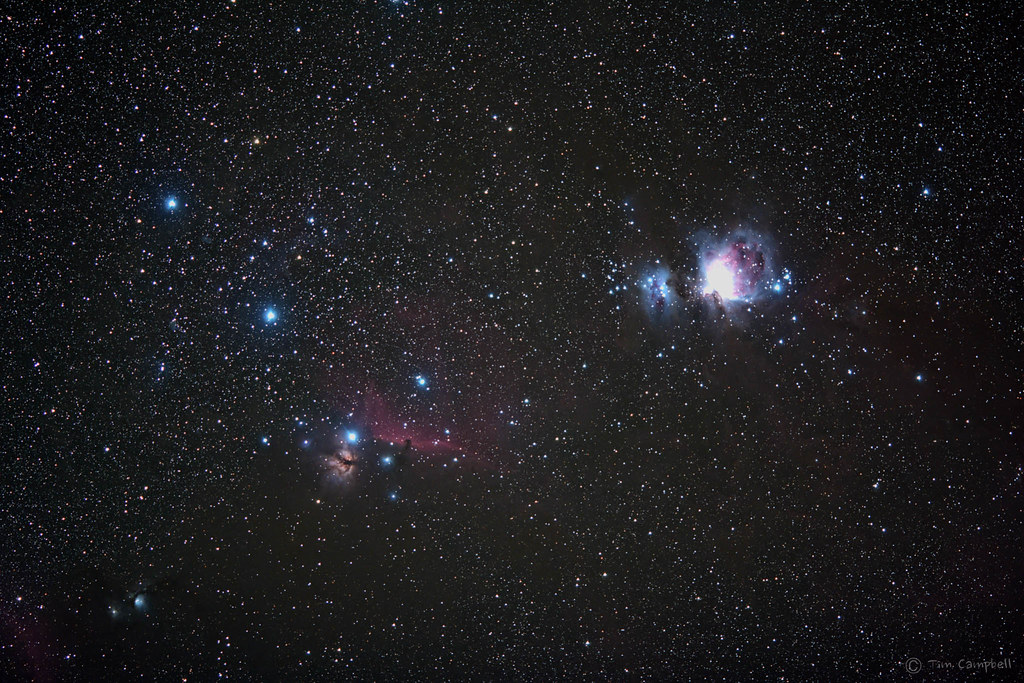 Lower Region of Orion
Lower Region of Orion